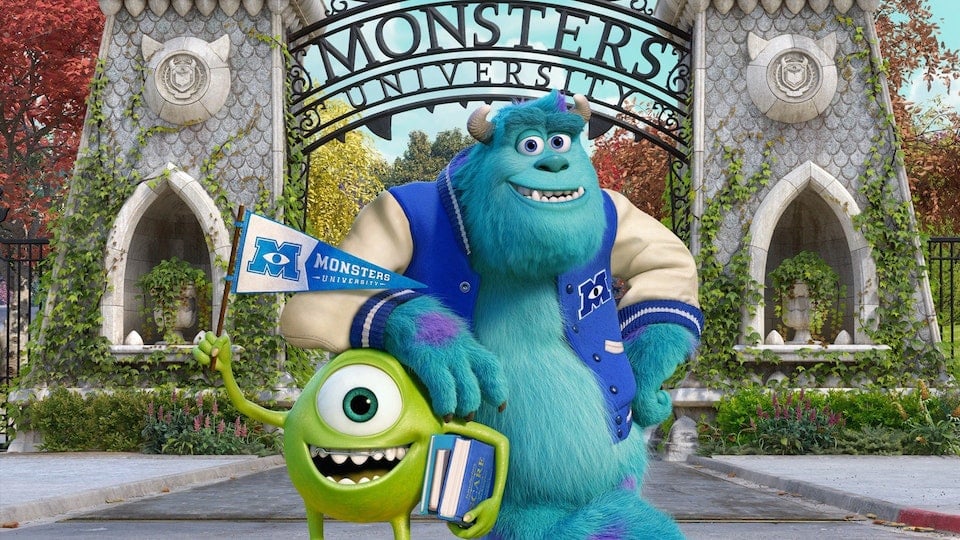Pixar Animation Studios, also known simply as Pixar, is an American computer animation studio best known for producing critically and commercially successful computer-animated feature films. It is headquartered in Emeryville, California, and is a subsidiary of Walt Disney Studios, another studio owned by The Walt Disney Company. But do you know how long it took them to render every frame of Monsters University even while using one o
Pixar uses one of the world’s top 25 supercomputers to render its animated films; even with all that power, rendering every frame of Monsters University took two years.
What is 3D Rendering?
The adaptation of an object’s likeness in the form of an image is referred to as 3D Rendering. 3D Rendering, both technical and artistic, uses 3D software to create images that help explain or advertise concepts and designs. Technical drawings or CAD designs are frequently used to create 3D models. The 3D artist adds lights, textures, and cameras to the 3D model. The “Rendering” step is where the 3D software computes all inputs to create a two-dimensional image. These images can be used as a single image still rendering, stitched together to create an animation, or made in real-time programs such as video games. (Source: Real Space 3D)
What is the Process of 3D Rendering?
The method described below describes the 3D Rendering of 2D images. Although the process is divided into steps, a 3D artist does not always adhere to this order and may jump between them. For example, understanding the client’s vision is a continuous task throughout a project.
Comprehending the Client’s Vision
A 3D artist must understand the project to build a model. A 3D artist begins by visualizing the project in their head, using plans, sketches, and reference images provided by the client. Based on the 2-dimensional methods, camera angles are typically agreed upon at this point.
3D Modeling
The 3D artist employs specialized 3D modeling software to create a digital model. This phase is analogous to constructing the structure of a physical model, except that the model exists only in digital form.
Materials and Texturing
The 3D artist uses images to make the 3D models look as realistic as possible. This is similar to painting a physical model or gluing materials and photographs. Most of the time, there is also material setup. This refers to the options that determine whether something is matte or glossy. Depending on the software, the artist can also change the roughness of surfaces and various other parameters.
Lighting
The 3D artist places lights in the 3D scene to simulate natural lighting. This procedure is similar to how a photographer or videographer would set up lighting before shooting, except that the 3D artist must also set up the sunlight and ambient room lighting.
Rendering
Rendering is the computer’s process of generating the 2D image or images from the scene created in the preceding steps. In the physical world, it is analogous to taking a photograph.
Refining
The artist makes the necessary changes to the scene, textures, and lighting until the desired results are obtained. In general, changes can be made independently: for example, most model changes do not necessitate updating the texturing.
Final Delivery
The client receives the agreed-upon final 2D image or images. The images will be provided in a specific format and size based on the desired resolution. Images for the web are typically optimized for medium-size jpg files, whereas images for print are high-resolution raw files.
(Source: Real Space 3D)
Image from Empire Online
